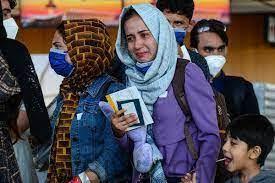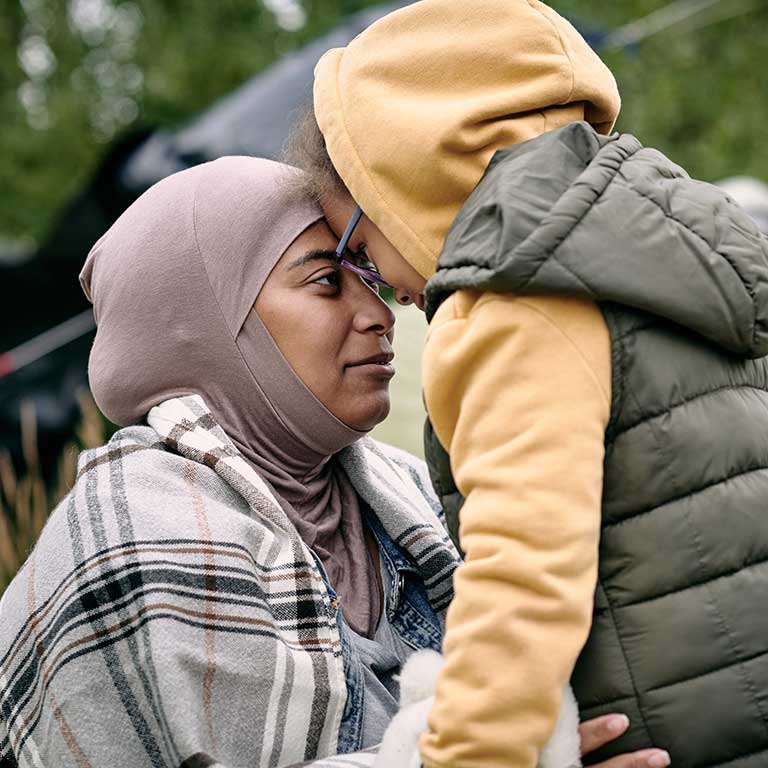
INDIANA – Nearly 28,000 refugees currently call Indiana home. They’re part of a growing refugee population in the state, one that faces multiple barriers to self-sufficiency.
To help guide leaders in addressing the needs of refugees, researchers at the IU Center for Research on Inclusion and Social Policy released a new report about the barriers refugee groups face, the implications, and possible solutions to reducing those barriers.

The largest refugee group in Indiana comes from Burma, accounting for more than 80% of all arrivals in the state since 2007. While dozens of other nations are represented throughout Indiana, other predominant refugee groups in the state come from Afghanistan, Democratic Republic of the Congo, Somalia, Haiti, Sudan, and Syria. When refugees first arrive in Indiana, they often are resettled in Allen or Marion counties, which have existing refugee populations and more support resources available.
Indiana’s refugee population encounters several barriers as they work toward becoming self-sufficient, including learning a new language, finding affordable housing, securing stable jobs, navigating health care, finding reliable transportation, and having coordinated social supports systems where they live.
CRISP researchers interviewed employees at refugee-serving agencies in Indiana. They also examined past research on the topic and interviews with local refugees. Research shows the barriers they face are often intertwined.

For example, a lack of language skills impacts every area of a refugee’s experience. Securing a stable job may first require finding affordable housing situated on reliable public transportation routes. Finding health care in America can be complex even for citizens. While most medical facilities are legally required to provide language assistance, many refugees may not understand their rights or how to navigate these systems. Having a supportive community of people with shared experiences can provide refugees with resources and much-needed social support.
As a result, CRISP researchers determined the best ways to address the most significant barriers are by:
- Increasing state and local authority over the resettlement process
- Increasing funding to agencies so they can provide more assistance to refugees
- Increasing access to language services, affordable housing, gainful employment, health care options, and reliable transportation
The CRISP team also recommends that state and local leaders dive deeper into understanding their local refugee populations. They say doing so will help them discern additional cultural barriers specific to each refugee group and how to best help them acclimate to their new homes.
Information: IU Public Policy Institute



